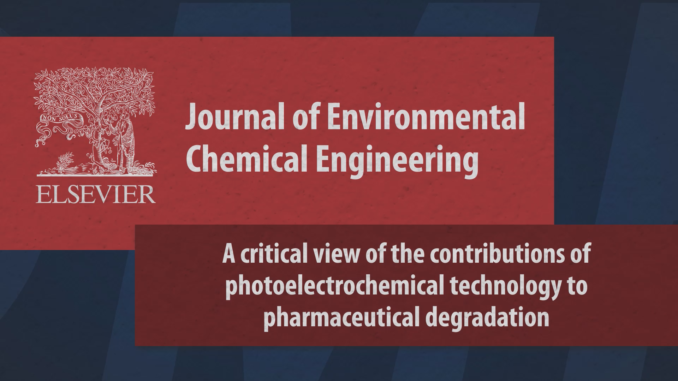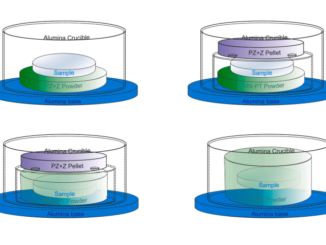
A critical view of the contributions of photoelectrochemical technology to pharmaceutical degradation
Abstract: The deterioration of water quality and its reuse has generated the necessity to develop water treatment processes with different qualities for industry, agriculture, and human consumption. The types of water contaminants have grown and diversified with different types of processes and activities such as urbanization, industrialization, agriculture, and livestock. In this sense, recalcitrant contaminants stand out, which are not easily removed by conventional water treatment methods. These recalcitrant compounds include pharmaceuticals, whose use has increased significantly, causing long-term danger to humans, animals, and the environment through cumulative exposure. Considering this aspect, it is not surprising that photoelectrochemical processes have become more popular in recent years due to the capacity to generate alternatively oxidizing species which lead to mineralization of organic compounds, improving the quality of water for reusing, even if such species are present in minimal concentrations. In this review, we highlight the main semiconductor materials used in photoelectrocatalysis for the degradation of pharmaceutical compounds, as well as their efficiency in degrading some drugs including antibiotics, analgesics, anti-inflammatories, antivirals, and antidepressants. The main semiconductors used are TiO2, WO3, ZnO, CuO, Cu2O, and BiVO4 photoelectrocatalysts pure or doped and in the presence of cocatalysts or heterostructures. Photocatalytic fuel cells (PFCs) were also investigated in relation to degradation and electricity generation. The system provides a double benefit to the environment: waste materials can be consumed, and solar radiation can be converted into useful energy sources, such as electricity, hydrogen, or fuel. Therefore, photoelectrochemical approaches are currently being considered as a viable method of degrading drugs in water.
Author(s): Reis, R.Y.N.; Goulart, L.A.; Mascaro, L.H.; Alves, S.A.
Journal of Environmental Chemical Engineering
Published: June 2022, Volume 10, Issue 3, 107859
DOI: https://doi.org/10.1016/j.jece.2022.107859
CDMF
The CDMF, hosted at the Federal University of São Carlos (UFSCar), is one of the Research, Innovation and Dissemination Centers (RIDC) supported by the São Paulo State Research Support Foundation (Fapesp), and also receives investment from the National Council Scientific and Technological Development (CNPq), from the National Institute of Science and Technology of Materials in Nanotechnology (INCTMN).




